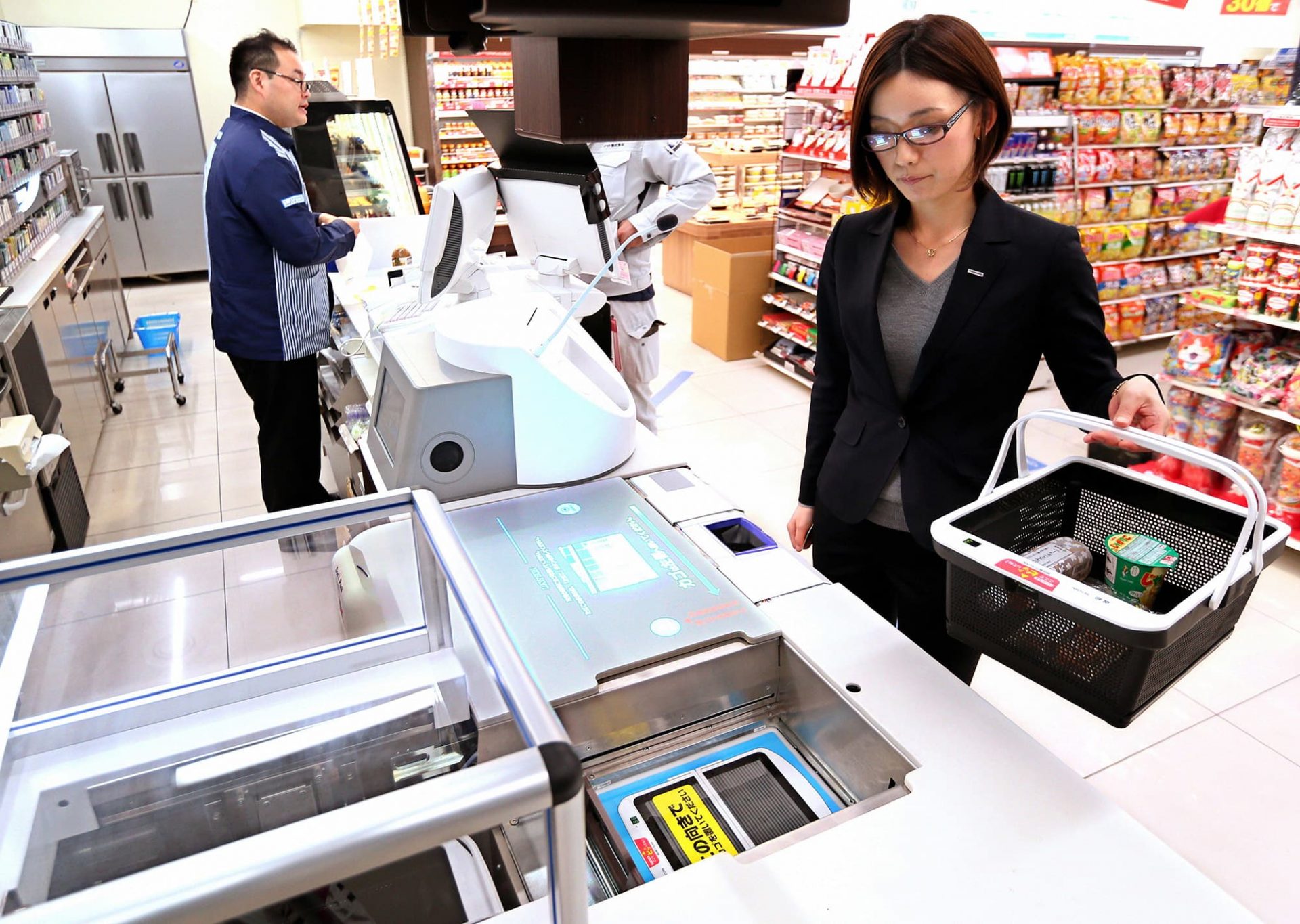The retail industry is changing rapidly. To meet the high demands of consumers and their behaviors, the sector must adapt and adopt new technologies.
The retail sector is very dynamic and rapidly evolving. Especially in supermarkets, in order to meet the high demands of consumers and their behaviors, they need to adapt quickly to trends and adopt new technologies.
Labor shortages, some physically demanding tasks, and employees having to perform multiple tasks in a single day can lead to decreased productivity and efficiency in supermarkets.
Overall, automation can be a gas pedal in transforming supermarkets to meet customer needs and increase efficiency, productivity and work standards.
In recent years, grocery retailers are facing a multitude of issues, namely labor shortages, changing customer behaviors (online shopping), and economic issues such as inflation and supply chain disruption, which make the supermarket environment even more challenging.
Challenges to make the trades more attractive
Labor shortages are very common in supermarkets. For example, out of 950 job postings on major websites, over 900 were for salespeople only.
There are many reasons why supermarkets are understaffed. Staff must juggle a variety of tasks, from assisting customers to replenishing supplies to monitoring workflow and complex operations. Supermarkets are challenged to motivate their staff and manage a low retention rate. The low birth rate also leads to an insufficient number of applicants for jobs.
While employees in manufacturing and warehousing have enjoyed the benefits of automation through improved working conditions, the retail sector, on the other hand, still relies heavily on human labor and its automation needs are considerable.
Manual handling is used in workflows such as replenishment and is a contributing factor to muscle strains and sprains. This is one of the most common injuries among retail employees and can result in several days away from work.
Supermarket employees can suffer from these injuries, whether due to inadequate training in lifting or handling techniques, heavy equipment, pushing and pulling heavy loads, or even just repetitive motions.
They also have to perform many repetitive tasks during their working hours, which are repeated throughout the day, such as pushing carts, moving pallets/products around the store, taking products back to the warehouse that are not sold during offers, going back and forth between the store and the warehouse…
40% of retail employees’ work time is spent walking, pushing and pulling heavy loads. Staff walk an average of 20,000 steps per shift and the walking distance between the warehouse and the store can be ±500 meters. For example, each trip in the click and collect department takes about 45 minutes, with an average of nine trips per day per person, with the need to push and pull heavy loads.
Overall, many tasks require employees to walk from one destination to another and handle heavy loads.
Automating tasks to improve the work environment
Introducing more automated solutions to the retail grocery industry can be a beneficial solution to these problems.



